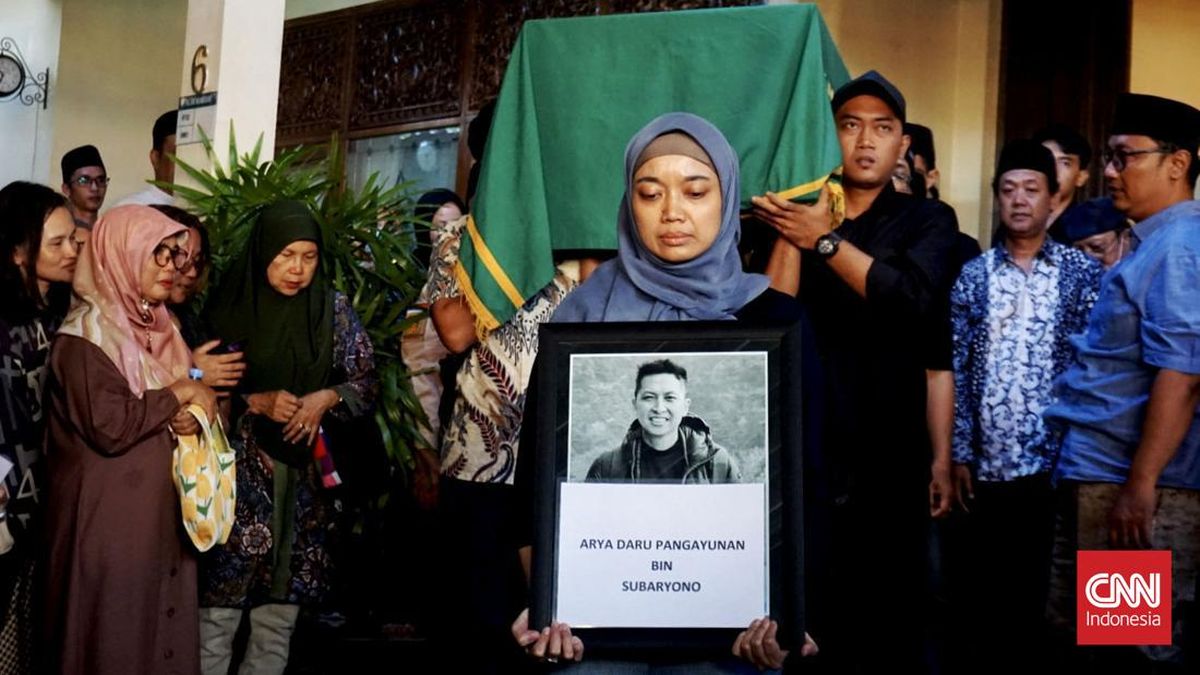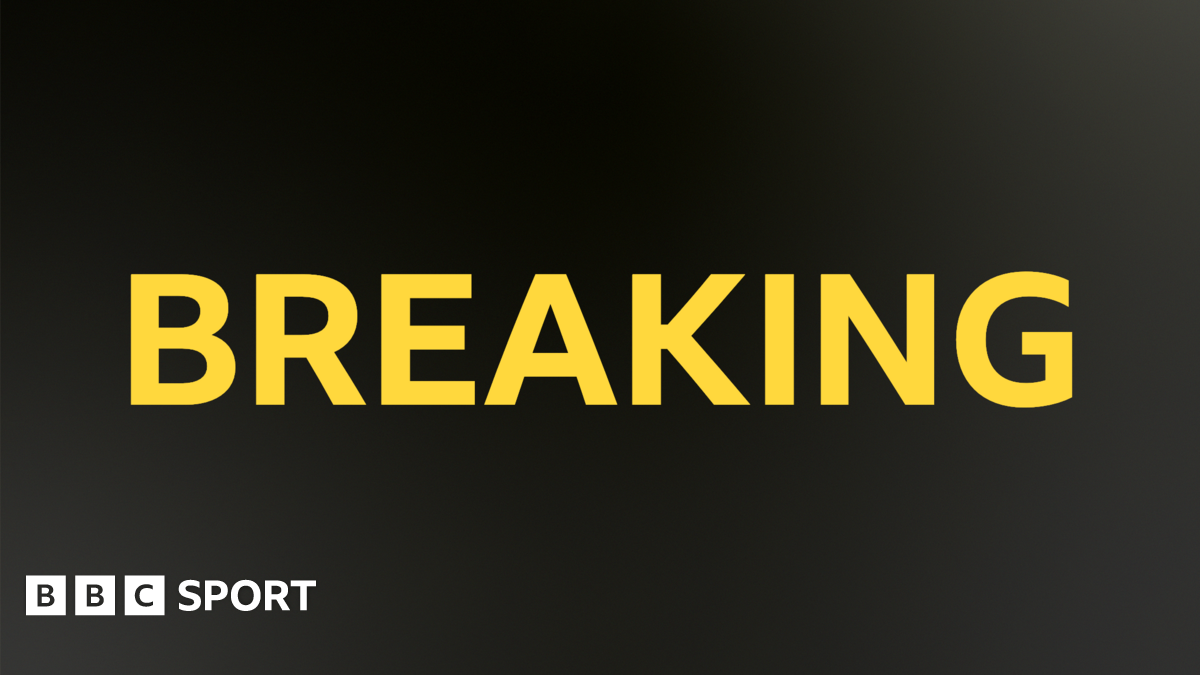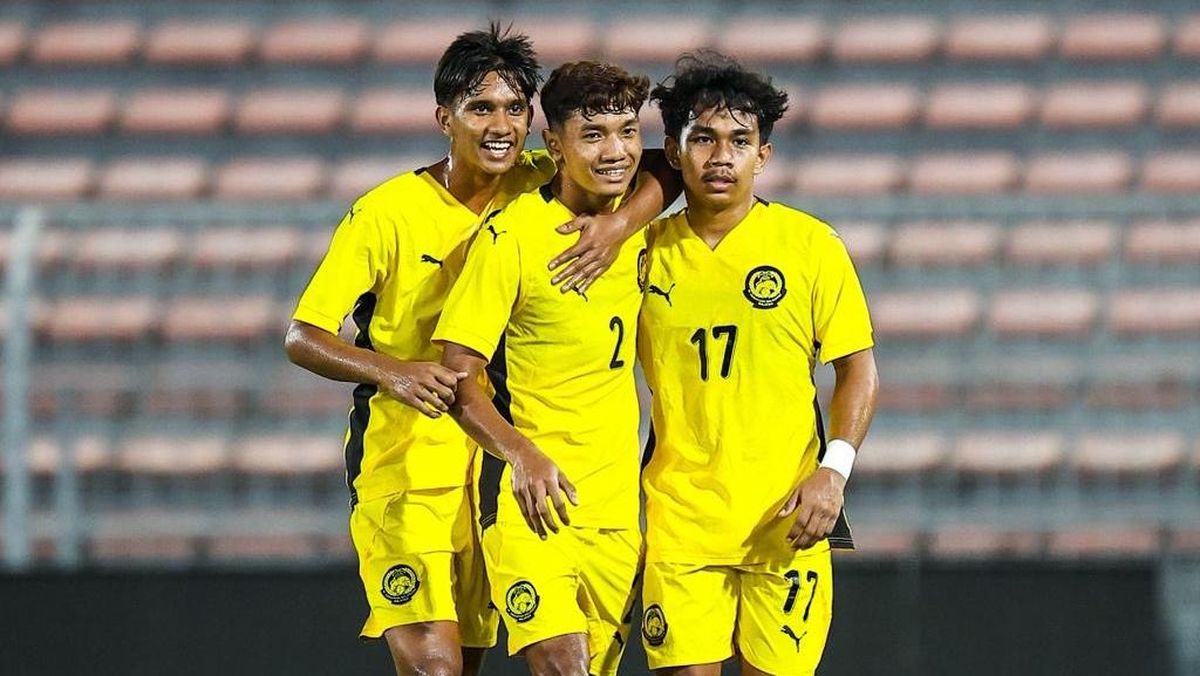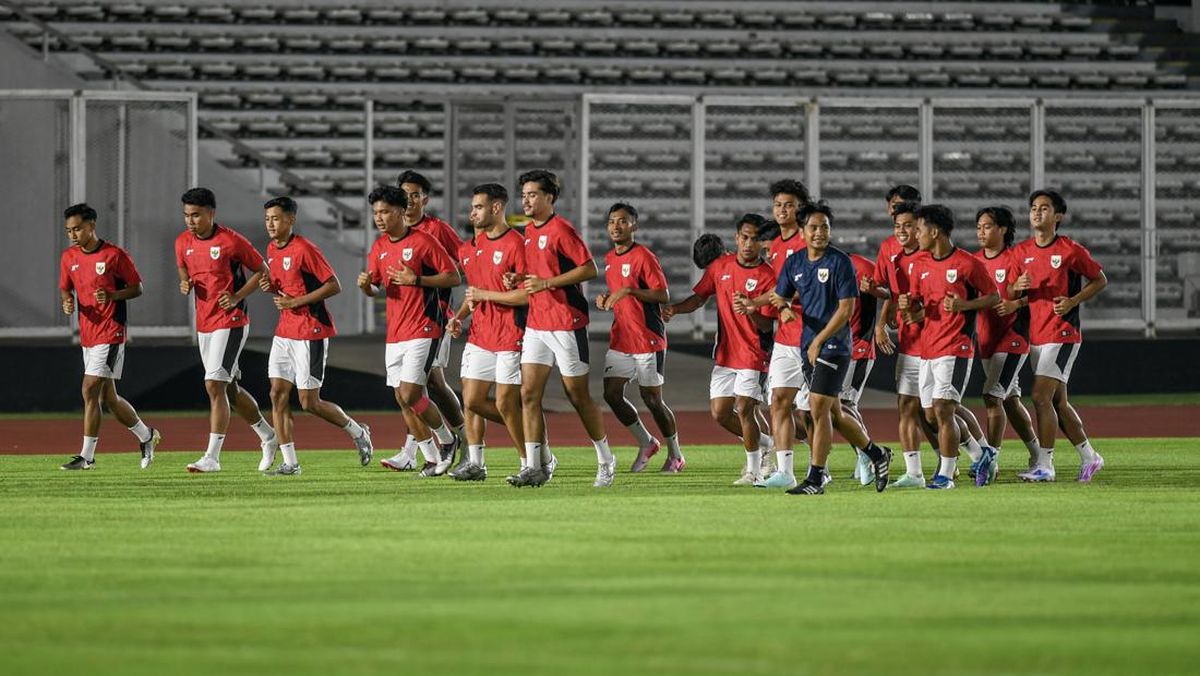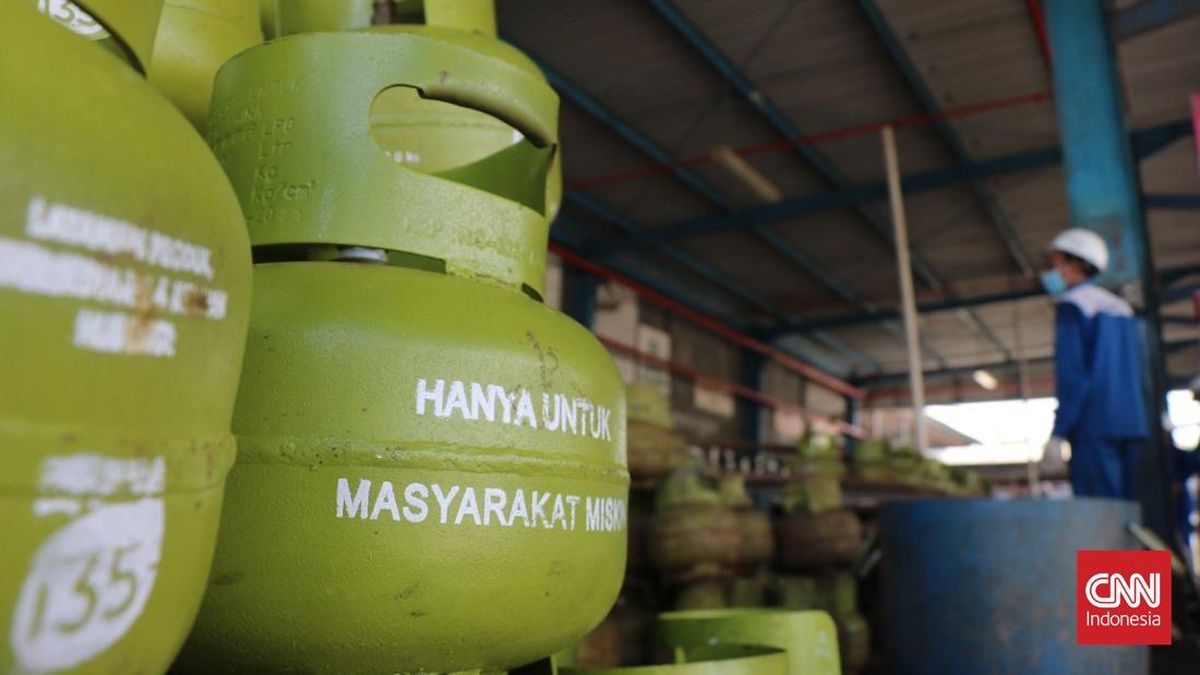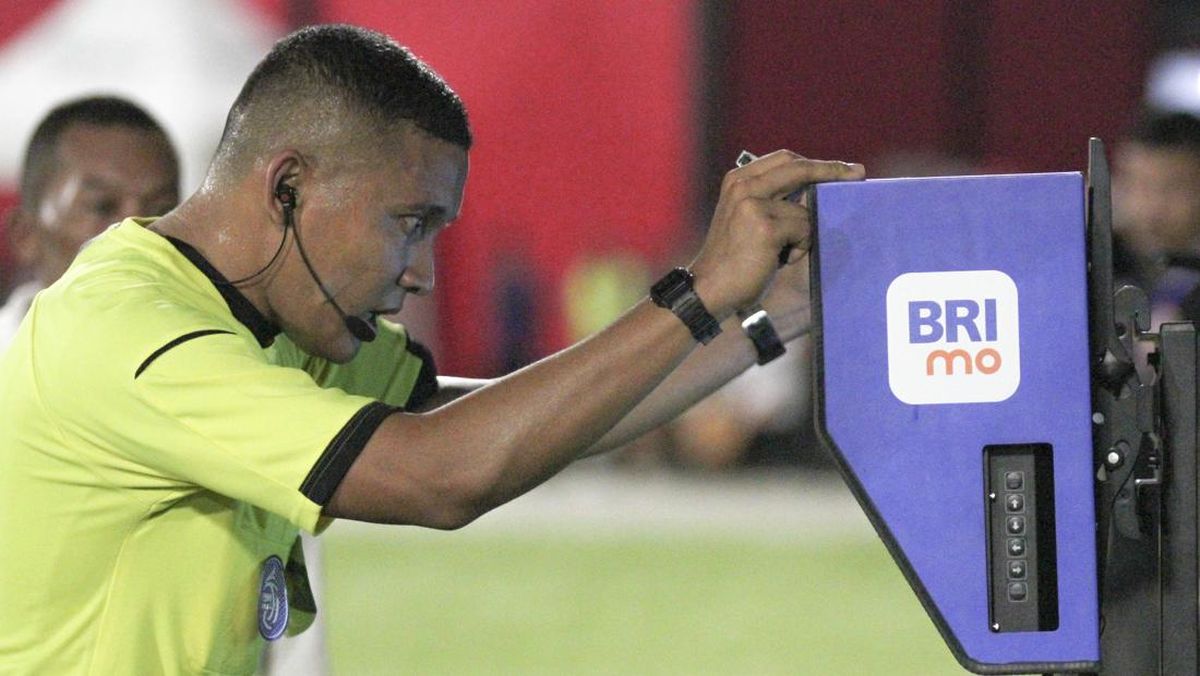India’s civil aviation regulator has directed inspections of cockpit fuel switches on Boeing 787 Dreamliner jets, after a preliminary investigation suggested that the crash of an Air India 787 was caused by an interruption in fuel supply to the engines.
Several Middle Eastern airlines have also started inspecting their Boeing fleets, including Oman Air and Saudi Arabian Airlines, while South Korea is expected to direct all airlines in the country operating Boeing jets to do the same.

The tail of the downed Air India Dreamliner wedged into the wall of a hostel dining room in India’s north-western city of Ahmedabad in Gujarat state.Credit: Bloomberg
In India, attention has focused on the final seconds of dialogue in the cockpit between commanding pilot Captain Sumeet Sabharwal and co-pilot First Officer Clive Kunder, with investigators now also examining the medical records of Sabharwal.
Kunder, who had about 1100 flight hours in Boeing’s Dreamliner, was the pilot flying while Sabharwal, with 15,000 flying hours, was monitoring the flight.
The pilot had more than 15,000 flying hours and last had a medical exam in September, the Telegraph reported.
In the flight’s final seconds, the cockpit voice recorder captured the voice of one unidentified pilot asking the other why he cut off the fuel. “The other pilot responded that he did not do so,” the report said.

The mother of Clive Kunder, co-pilot of the Air India flight that crashed last month, mourns during a prayer meeting for the Air India crew in Mumbai.Credit: AP
A leading aviation safety expert in India told the London Telegraph: “I have heard from several Air India pilots who told me he had some depression and mental health issues.”
“[Sabharwal] had taken time off from flying in the last three to four years. He had taken medical leave for that.” Captain Mohan Ranganathan said.
Conjecture about the pilot’s mental health has been criticised by an Indian pilot’s union, the Indian Pilots Guild, which said: “The crew of Al171 deserves a thorough, fact-driven investigation.”
The crash of Gatwick-bound Air India flight 171, which occurred seconds after take-off from Ahmedabad, India, on June 12, killed all but one of the 242 passengers and crew. It also killed 19 people on the ground.
The safety of the fuel switches has come under scrutiny with the release of the Aircraft Accident Investigation Bureau (AAIB) report on Friday.
The bureau said the US Federal Aviation Administration issued an airworthiness bulletin in 2018 “regarding the potential disengagement of the fuel control switch locking feature”.
But “the airworthiness concern was not considered an unsafe condition that would warrant [an] airworthiness directive by the FAA”.
Loading
The throttle control module of the Air India 787 Dreamliner was replaced on the plane in 2019 and 2023, the AAIB notes.
“However, the reason for the replacement was not linked to the fuel control switch. There has been no defect reported pertaining to the fuel control switch since 2023”, the AAIB reported.
The Civil Aviation Safety Authority has been contacted for comment.
An Australian source with direct knowledge of aviation maintenance including fuel control switches said it was possible a “faulty locking feature of the fuel cut off switches” could be to blame.
In this case, the problem would result from a switch design that “had a history of wearing out where the two-action positive lock function is lost allowing the switches to be easily and inadvertently [flipped] back to the CUT-OFF to then shut its engine down”.
A worn-out fuel control could be switched off either by the brushing of the hand or vibration by the plane, said the source with decades of domestic and international aviation engineering experience, although both would have to be switched.
If the switches were the issue, the manufacturers and airlines had a duty to seek information on their performance for future air directives too, said the source.
Honeywell, the maker of the switches, said: “We do not comment on rumour or speculation. Any questions on the incident should be directed to the appropriate investigating agencies.” Boeing has been contacted for comment.
Under the International Civil Aviation Organisation rules, the nation where the accident or incident happened has responsibility for conducting the investigation.
To date, the Boeing Dreamliner has had a strong safety record. However, given the safety and production problems linked to the two Boeing 737s Max planes that crashed in 2018 and 2019, the findings of the Air India crash investigation are being closely watched.
Dr Geoffrey Dell, head of aviation safety for the AMDA Foundation, said the accident could be the result of an issue with the switches. “Anything is possible. The question is how probable is it.”
The problem with the content of the Aircraft Accident Investigation Bureau preliminary report was there was no data included. It was, Dell said, “interpretation information”.
Without any other facts, it’s difficult to “draw reasonable or even partial conclusions”, he said.
Dell, who is an aviation crash investigator, said it would be unlikely to be a problem with the switches alone because they aren’t designed to be moved accidentally. A pilot would have to adjust them both by accident.
Loading
The AAIB report states that after the aircraft achieved the maximum recorded airspeed of 180 knots “and immediately thereafter, the Engine 1 and Engine 2 fuel cutoff switches transitioned from RUN to CUT-OFF position one after another with a time gap of 01 sec.”
They were found in the on position after the crash.
Swinburne University school of engineering department of aviation’s Salim Hijazeen said: “While the switch design and past FAA advisories carry weight, they are unlikely to be the sole cause of the incident.
“What appears more plausible is a convergence of factors – including human performance limitations under high stress, a potential aircraft system issue which required pilot input, and breakdowns in procedural discipline.”
In most flight deck operations, especially those involving engine shutdown, “a cross-check and verbal confirmation between pilots is required before any critical input is made,” said Hijazeen.

A crane retrieves part of the fuselage of the Air India Boeing 787 in Ahmedabad, India.Credit: Getty Images
“The report indicates that the pilot monitoring may not have been aware that the shutdown had occurred, pointing to a significant lapse in crew resource management and situational awareness.”
A high workload and pressure may have exacerbated this during the initial take-off roll, he said, “a phase of flight that we still do not fully understand in terms of cockpit dynamics and decision-making”.
Dell, the investigator, said that saying pilot error was the cause of the crash is “like saying the accident was caused by gravity. It’s true but not very bloody helpful.”
Loading
A better question, Dell said, is: “How did the system allow an error to cause a catastrophic loss?
“Obviously, there’s a design problem with the mechanics and the human systems built around it.”
The Lifeline number for crisis support is 13 11 14.
Most Viewed in Business
Loading




